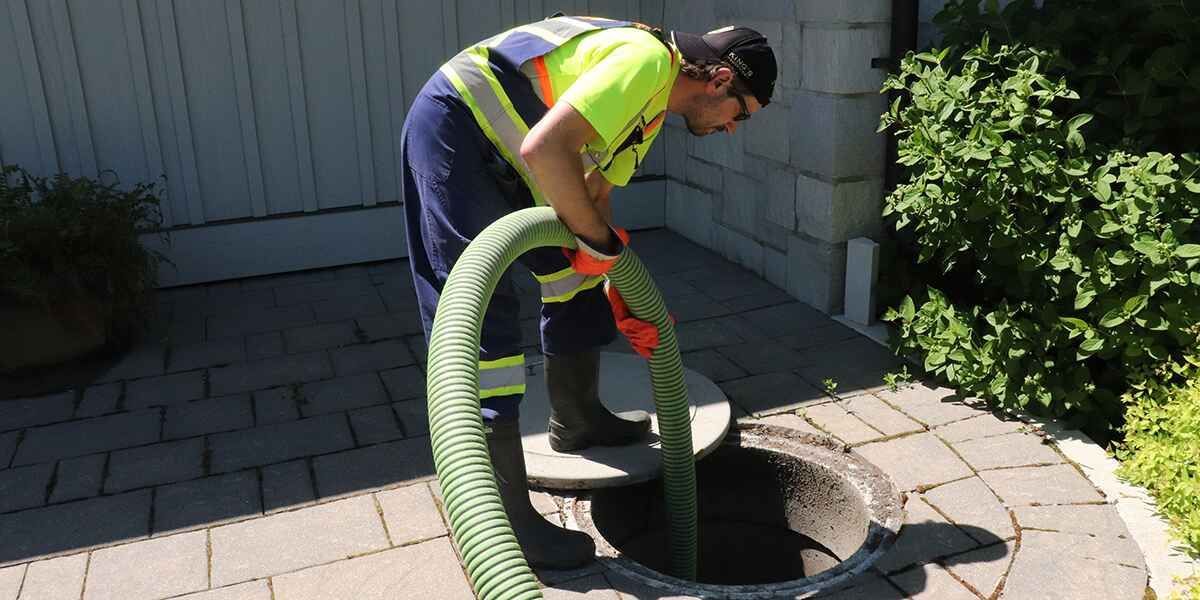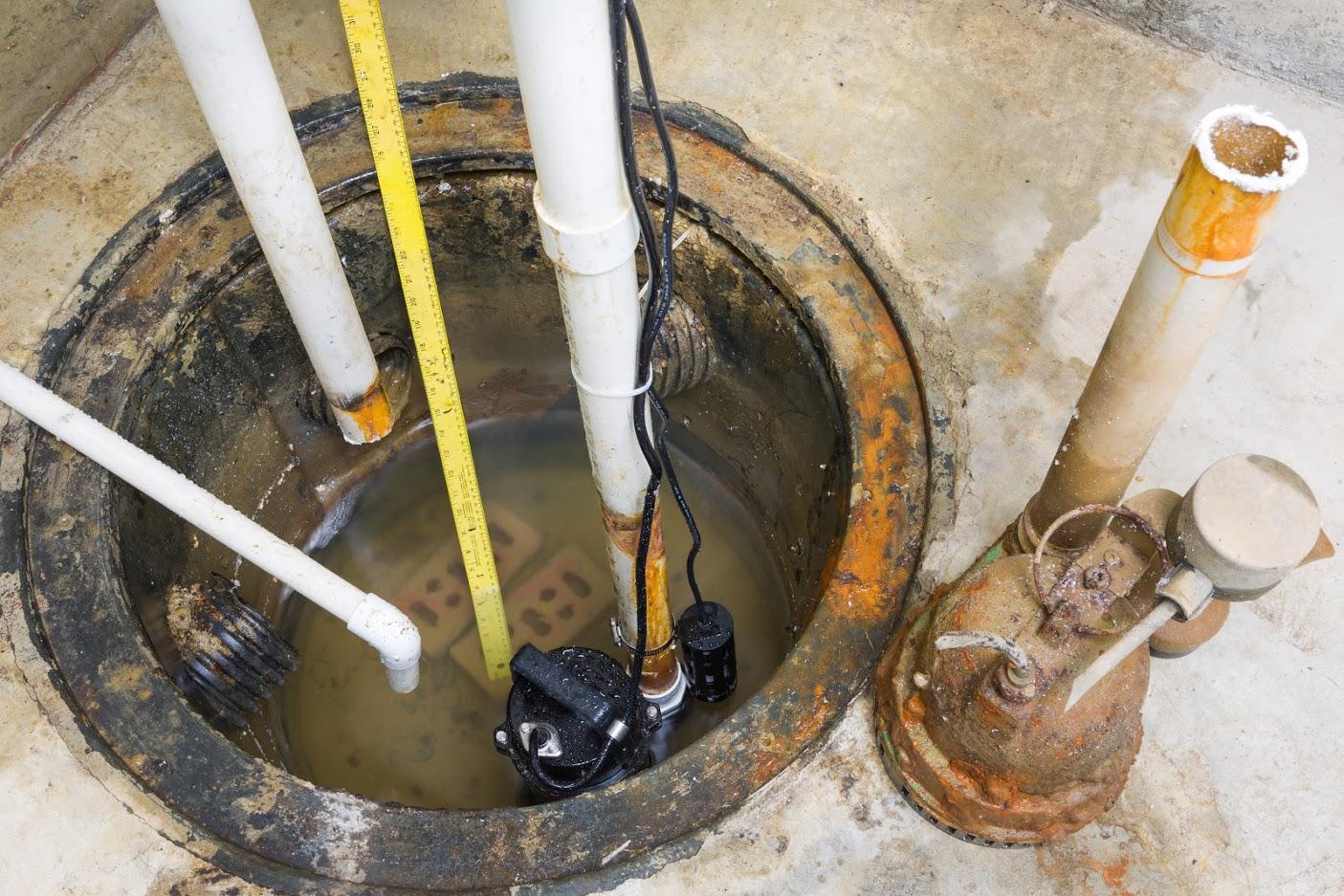Confirmed Solutions for Maintaining a Sump Pump
Confirmed Solutions for Maintaining a Sump Pump
Blog Article
We've uncovered the article about Cleaning & Maintenance Tips for Your Home's Sump Pump down the page on the internet and accepted it made sense to write about it with you in this article.

Sump pumps are essential elements in many homes, particularly in areas vulnerable to flooding or extreme wetness. They aid stop water damages by effectively getting rid of excess water from cellars or crawl spaces. Nevertheless, like any other home appliance, sump pumps require routine maintenance to ensure they operate successfully when needed one of the most. Cleaning your sump pump is a crucial part of its maintenance, and recognizing how to do it properly can save you from pricey fixings and potential catastrophes.
Intro
Keeping a tidy sump pump is essential for its proper functioning and longevity. Disregarding this important task can lead to clogs, breakdowns, and eventually, water damage to your residential property. As a result, discovering how to clean up a sump pump is important for property owners who rely upon these gadgets to keep their basements completely dry and protected.
Indicators of a Dirty Sump Pump
Understanding when your sump pump needs cleaning is vital for stopping potential malfunctions. Some usual indications that show a dirty sump pump consist of strange noises during operation, lowered water flow, and visible particles in the pit. If you notice any one of these symptoms, it's vital to cleanse your sump pump without delay to stay clear of any type of more problems.
Planning for Cleansing
Prior to you start cleaning your sump pump, it's necessary to take some safety preventative measures. Start by shutting down the power to the pump to stay clear of any electrical crashes. Furthermore, use appropriate protective equipment, such as gloves and safety glasses, to secure on your own from dirt, debris, and possible pathogens.
Comprehending the Sump Pump
Prior to diving into the cleaning process, it's essential to have a basic understanding of just how a sump pump works. Usually mounted in a pit or container below the cellar flooring, a sump pump includes numerous crucial elements, including a pump, a float button, and a discharge pipeline. When water builds up in the pit, the float button turns on the pump, which after that pumps the water out through the discharge pipeline, away from the building's foundation.
Step-by-step Guide to Cleaning a Sump Pump
Turning off the Power
Begin by detaching the power supply to the sump pump to avoid any kind of accidents while cleansing.
Checking for Correct Functioning
Before reinstalling the pump, carry out a fast examination to guarantee that the float button triggers the pump appropriately. Put some water right into the sump pit and observe the pump's procedure. If whatever is functioning correctly, you can reconstruct the pump and reconnect the power supply.
Removing Particles and Dust
Utilize a pail or an inside story to eliminate any type of visible debris, dust, or debris from the sump pit. Dispose of the particles correctly to avoid it from clogging the pump or the discharge pipe.
Cleaning up the Pump and Drift Switch Over
As soon as the pit is free from debris, very carefully remove the pump from the pit. Check the pump and the float button for any kind of signs of damages or wear. Use a soft brush or cloth to clean the surface areas and get rid of any type of gathered grime.
Purging the System
After cleansing the pump and float switch, purge the sump pit with tidy water to get rid of any type of remaining dirt or sediment. This will certainly help guarantee that the pump operates efficiently and efficiently.
Upkeep Tips to Maintain Your Sump Pump Clean
Along with regular cleansing, there are numerous upkeep suggestions you can comply with to keep your sump pump in ideal problem:
Conclusion
Cleansing your sump pump is a critical facet of its maintenance and guarantees that it operates efficiently when you require it one of the most. By complying with the actions laid out in this guide and integrating normal maintenance into your routine, you can prolong the life-span of your sump pump and safeguard your home from water damages.
6 STEPS ON HOW TO CLEAN A SUMP PUMP PROPERLY
UNDERSTANDING SUMP PUMPS
Your sump pump plays a crucial role in protecting your home by managing and removing excess water. It primarily functions as a “shield”, guarding your basement against the damaging effects of water accumulation. The pump is housed in a sump pit in the lowest part of your basement, and its job is to pump out any water that collects there.
During heavy rainfalls or when snow melts rapidly, water can infiltrate your basement, posing potential risks like flooding, structural damage, and harmful mold growth. Here, the sump pump springs into action, pumping out the intruding water and directing it away from your home.
SAFETY FIRST
Before cleaning, remember to prioritize safety. Disconnect the sump pump from the power source to prevent any accidental electric shocks. Also, wear sturdy gloves to protect your hands from any sharp or dirty components within the pump.
REMOVE THE SUMP PUMP
After ensuring your safety, the next step is to remove the sump pump from its pit. Doing this might require careful maneuvering as you don’t want to damage any pump components. Once removed, clean the sump pit to remove any accumulated debris or sludge.
INSPECT THE PUMP
Inspect the pump for any visible signs of wear or damage. Check the power cord, float switch, and impeller housing. If any components look worn out or damaged, consider replacing them to ensure optimal performance.
CLEAN THE PUMP
Thoroughly clean the pump with warm, soapy water. Make sure to rid it of any dirt, gravel, or other debris that might impede its performance. You can use a toothbrush to clean the small, hard-to-reach parts of the pump.
REINSTALL THE SUMP PUMP
Reinstall the pump into the sump pit Make sure it’s positioned correctly to remove the water effectively Once it’s back in place, reconnect it to the power source TEST THE PUMP
Finally, pour some water into the pit to ensure the pump works correctly. It should start automatically and begin pumping out the water; if it doesn’t, check the power source and the positioning of the pump.
Remember, while cleaning your sump pump is an essential part of home maintenance, hiring a professional plumber for a thorough inspection and cleaning at least once a year is also important. This will ensure that your pump is in optimal condition, ready to protect your home from potential water damage.
BEST PRACTICES FOR CLEANING SUMP PUMP DISCHARGE PIPES
Regular Inspection: Regularly inspect your discharge pipes, especially during heavy rainfall or snowmelt periods. Look for any signs of blockage or damage. Early detection of problems can prevent serious issues down the line. Periodic Cleaning: Over time, sediment and debris can accumulate in the discharge pipes, impeding the flow of water. Regular cleaning helps keep the pipes clear and functioning efficiently. You can use a high-pressure water jet to effectively clean the pipes. Insulation During Winter: In colder climates, discharge pipes can freeze, blocking the outflow of water. Protect your discharge pipes from freezing temperatures by insulating them with foam pipe insulation. This will ensure the sump pump can continue to discharge water even in freezing conditions. Proper Positioning: The discharge pipe should be positioned to direct water away from your home’s foundation. Improper positioning can lead to water seeping back into the basement. Ensure the pipe is long enough and angled correctly. Installation of a Check Valve: A check valve prevents water from flowing back into your sump pit after the pump has pushed it out. Installing a check valve helps maintain the efficiency of your sump pump and reduces the risk of flooding. Minimize Pipe Turns: Every curve or turn in the discharge pipe can decrease the efficiency of water flow. By minimizing turns and bends in your discharge pipe, you can increase the efficiency of your sump pump. https://www.fullspeedplumbing.com/how-to-clean-a-sump-pump-properly9999/

I was shown that editorial about from an associate on another web address. Enjoyed our blog? Please quickly share it. Help somebody else find it. Thank you for your time invested reading it.
Click Here Report this page